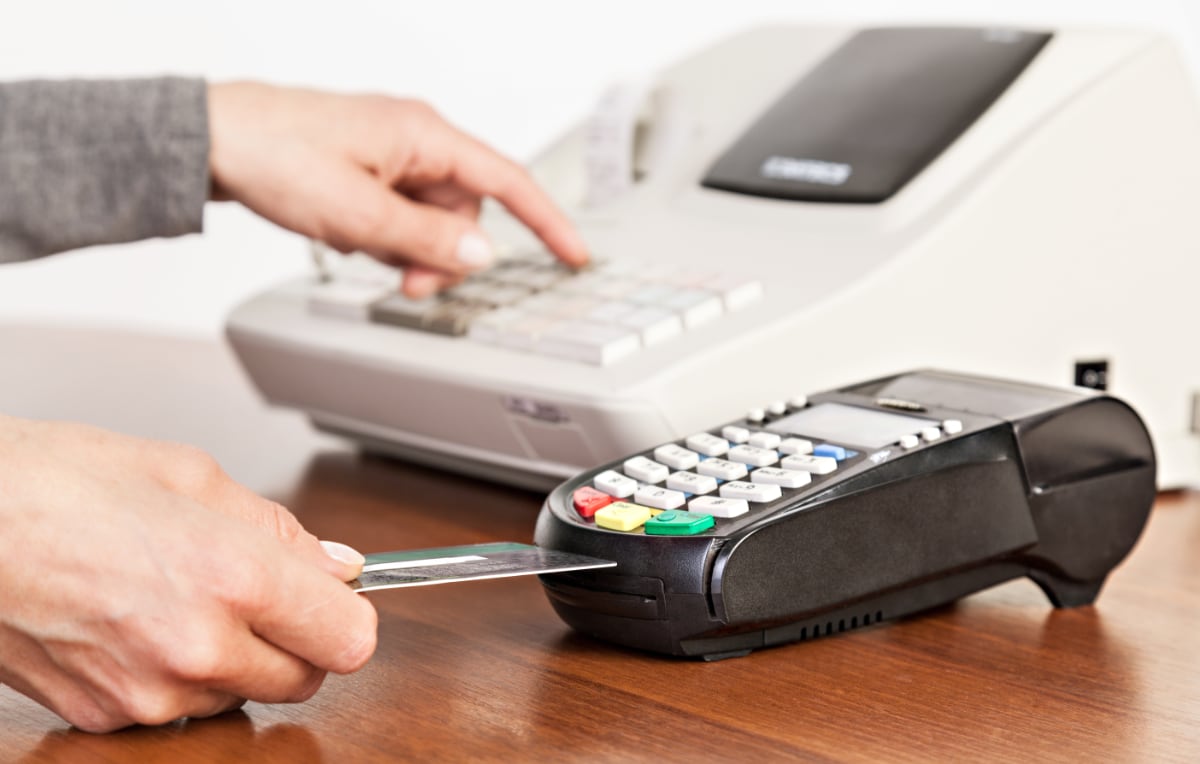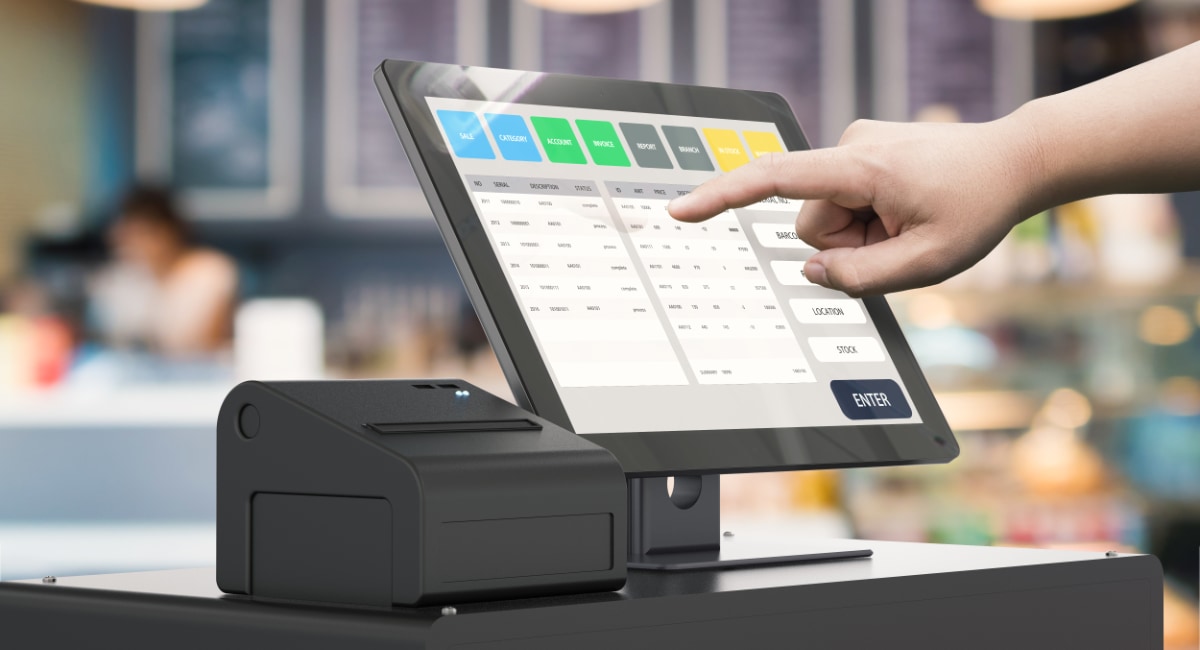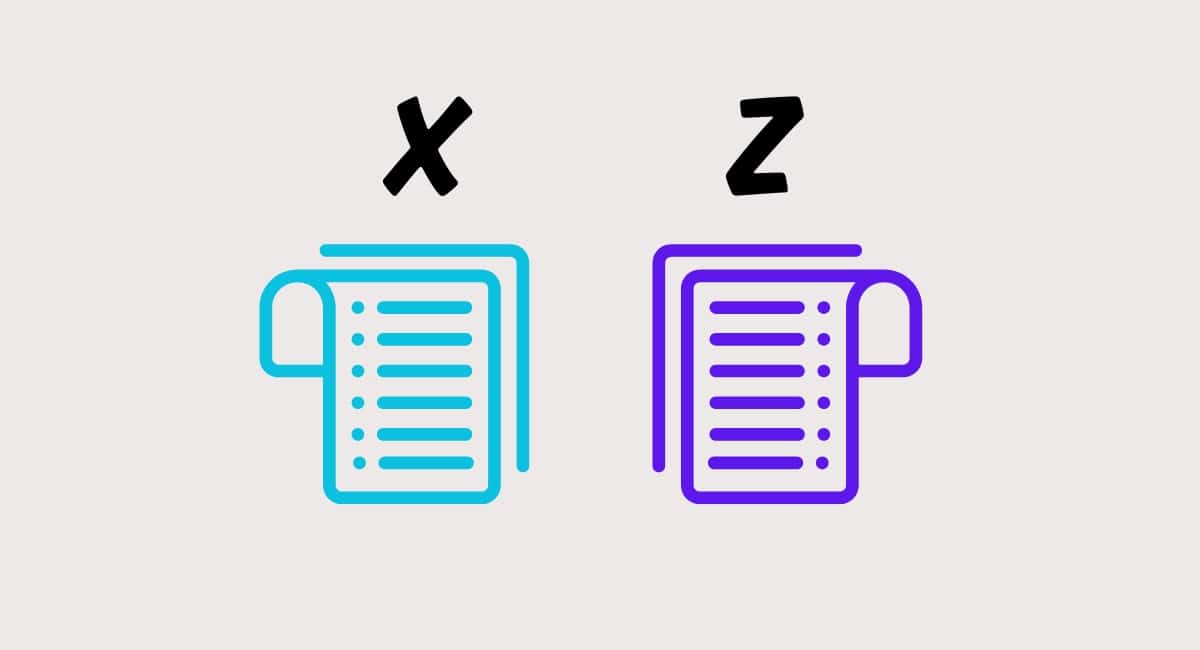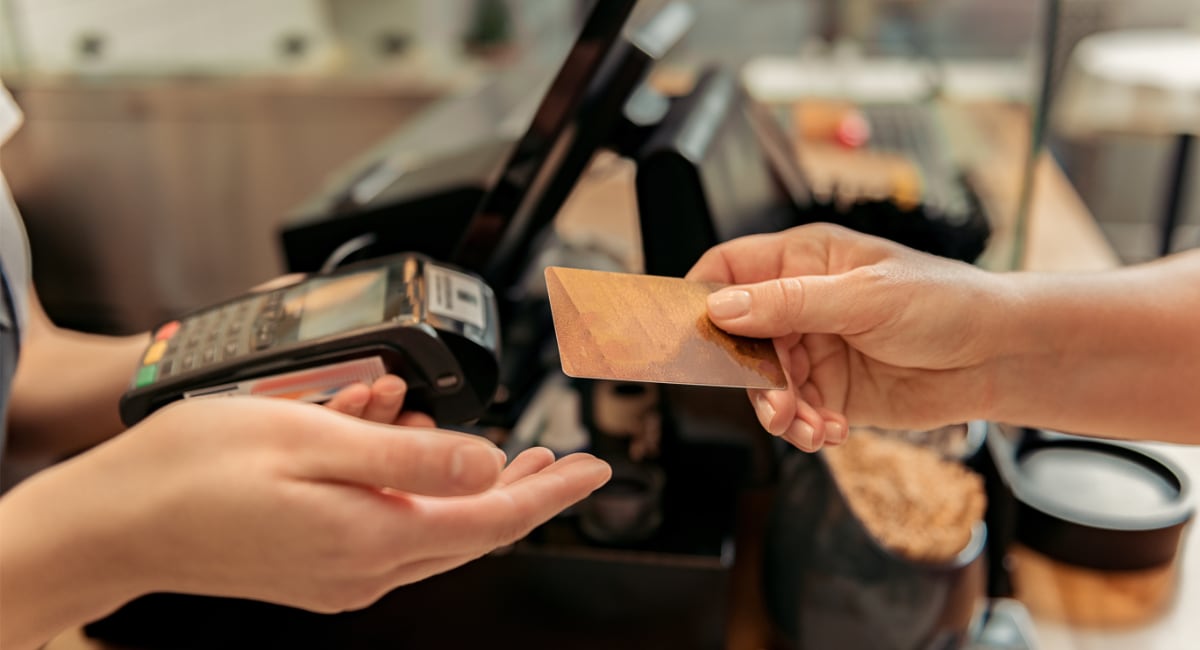EPoS, ePOS, or is it EPOS with a capital ‘e’? What is EPOS and what does it stand for? Is it the same as POS?
Widely written in all-capital letters, you’ve probably seen the term thrown around in the context of retail till points and face-to-face payment processing. Let’s start with the basic EPOS meaning:
EPOS definition
EPOS stands for Electronic Point Of Sale and includes all computerised point of sale software based on local servers (computers and tablets) or online servers (cloud). Modern EPOS tends to be called POS for short, a more general term for point of sale.
Many definitions of EPOS describe what the system includes and whether it is cloud-based or just plain computerised. The truth is: the term refers to any computer-based POS system that processes face-to-face payments, whether connected to the internet or not.
It’s just that today, such a system tends to function through the internet (=cloud) to enable seamless integration with card processing and across devices. This way, sales, inventory and data records are all synced up in real time.
It so happens that EPOS software is normally used in conjunction with physical equipment like a cash drawer, computer or mobile device, receipt printer, barcode scanner, card machine and anything else needed for an efficient checkout system.
EPOS is not just an interface for taking face-to-face payments, it’s a whole software system for managing most aspects of a brick-and-mortar business.
The central part of EPOS systems is the POS software either installed on a local server or functioning through the cloud. This software always includes an interface where the cashier can register and finalise transactions, typically through a touchscreen monitor or tablet.
EPOS systems today include a lot of added functions for running a store or any kind of face-to-face business.
Think accounting, analytics, inventory tools, payment options, staff management, card machine integration and customer loyalty features. EPOS is not just an interface for taking face-to-face payments, it’s a whole software system for managing most aspects of a brick-and-mortar business.

Before EPOS, you had to record payments in an analogue system.
How POS became EPOS, then POS again
Now to a more pressing question: why the distinction between POS (point of sale) and EPOS? The answers lies in the development of points of sale over the past few decades. Back when POS started, the means of taking payments were literally cash in hand and into a cash box. Eventually, this was known as cash registers or tills.
Fast-forward to the 1990s and 2000s and tills became computerised systems with a touchscreen monitor and software created for inventory management and registering payments from customers. For a while, these systems were run on local computer networks with all data saved on a server installed on business premises.
It was during this transition that the term EPOS was coined to distinguish between older, non-electronic points of sale and electronic systems made possible through computer software.
All but a few POS systems today are fully fledged EPOS systems. Since it is the norm, many companies have stopped referring to their software as “EPOS”, instead opting for the snappier “POS”.
EPOS is about integrated features and data
Essentially, EPOS is a collection of hardware and software features that work together in an integrated way. A central part of it is data processing and storage of information in a system that facilitates till operations, inventory control, customer relationships and reporting.
Card payments are a good example of how this works. Card machines integrated with an EPOS processes cards for specific transactions linked to purchasing specific items from a specific cashier. All this data is auto-linked and recorded in the system for later reference or sales analytics.
Another key aspect of EPOS is the fact it’s no longer (usually) an offline product that the store owner maintains locally. Today, software updates are automatically enforced remotely by the POS company, and sensitive transaction data are encrypted and stored responsibly in the cloud, off-premises. This can only happen with a electronic POS system linked digitally to the internet.
There’s a consensus among industry leaders that all POS systems in the near-future – if not already – will be SaaS (Software as a Service), to use another acronym. This means the software cannot be owned permanently, but rather paid for periodically as a subscription for each licence. Customer support, ongoing cloud maintenance and software updates are included in SaaS POS.




